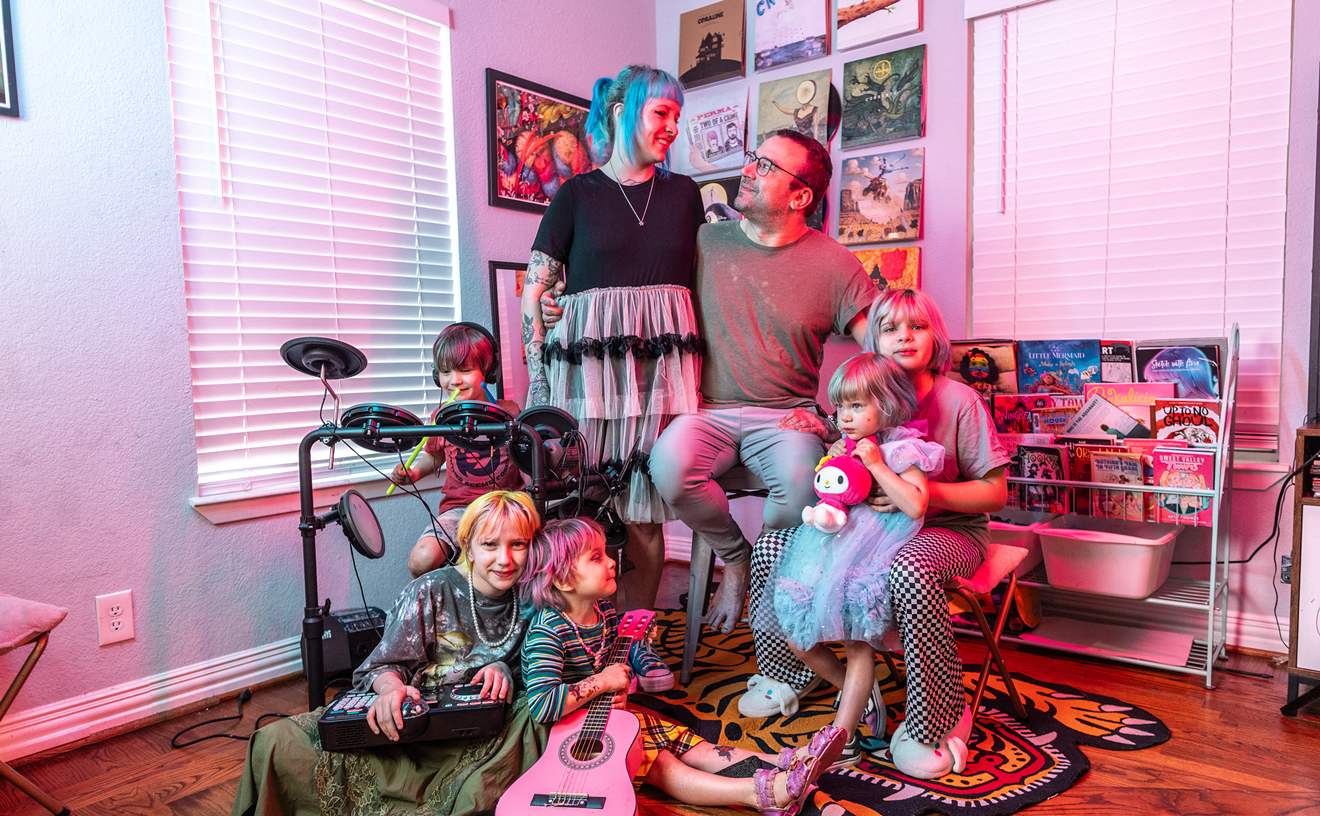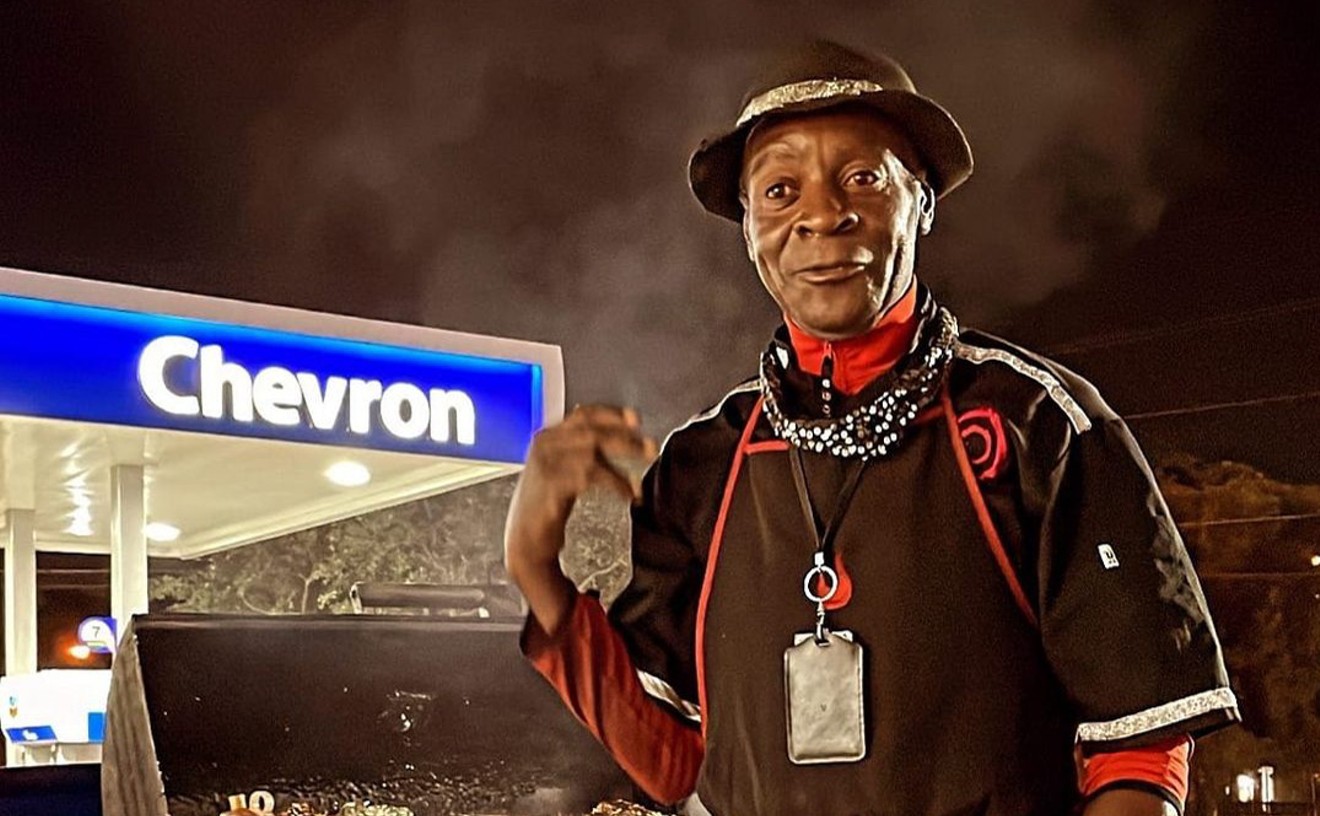Guinevere takes the usual path -- older guy, younger girl -- but, even if that's a male fantasy, in this specific case the fantasy has arisen from the imagination of a woman; writer Audrey Wells makes her directorial debut here after penning the screenplays for George of the Jungle and (more tellingly) The Truth About Cats and Dogs. It may not be fair to expect gender to determine content -- this very issue is discussed within the film itself -- but, come on: Had I not known the writer-director was a woman, I might be damning the filmmaker for putting his typical, pathetic middle-aged fantasies up on the screen in the form of a romance. (By far the most believable, sympathetic look at such relationships was Delbert Mann's 1959 film of Paddy Chayefsky's play Middle of the Night.)
The story is told to us by the young woman, one Harper Sloane (Sarah Polley), as a reminiscence of her brief but pivotal affair with photographer Connie Fitzpatrick (Stephen Rea). "He was the worst man I ever met, or maybe the best," she tells us in voice-over, vaguely echoing A Tale of Two Cities. "If you're supposed to learn from your mistakes, then he's the best mistake I ever made."
We immediately leap back five years. Well-to-do Harper, fresh out of college, is supposed to be heading for Harvard Law School, but at her sister's wedding, she meets Connie, a photographic artist who moonlights at weddings when the rent is due. Harper is awkward and shy to an almost pathological degree; the copious collection of nervous tics she manifests when trapped within the bosom of her altogether wretched family verges on the psychotic.
But Connie somehow immediately spots her as having potential, though for what she has potential isn't exactly clear. After a brief and intriguingly staged courtship, Harper blows off law school and moves in with him. (Just as well, since, with all her insecurities, they would have eaten her alive at Harvard.) His primary stated condition for putting her up is not sex; it's that she work at developing some kind of creative identity. (Of course, the sex is a given anyway.) Allegedly, she can paint or dance or write if she wants, but not surprisingly, she ends up studying photography under his guidance.
From the beginning, Harper -- whom Connie calls "Guinevere" -- has evidence that she is not Connie's first protégé. But at a certain point it dawns on her that she is one of a steady series -- perhaps the sixth or seventh -- and that he has used all the same charming lines, absolutely unchanged, on all the previous Guineveres. Not only is she simply the latest edition of his standard involvement, but, as she learns from one of the others (Gina Gershon), the affairs always end badly. And we already know, from the opening voice-over, that this one will as well.
Wells works hard at presenting a balanced view of Connie. She doesn't particularly whitewash the tackiness of his romantic life. It's not primarily lust for supple young flesh that drives him, though that's certainly a factor; it's the validation of being a mentor, of molding supple young minds that turns him on. This wouldn't necessarily seem predatory if it weren't for the scripted nature of his come-ons; and it wouldn't necessarily seem pathetic if Connie didn't so badly need the validation. He is no Picasso, selfishly running through mistresses while churning out great art. He's just a failed artist whose greatest creations are the young women he "molds." Ironically, at least half of the molding is not the result of the relationship itself, but of its ending. Their real education is the realization of how much less of a person he is than they are.
Rea hits just the right balance of sympathy and self-interest, but Guinevere is really Polley's film throughout. Her early scenes of self-effacement and bashfulness are incredibly winsome; her later strength is no less believable.
For all the flaws we see in Connie, Guinevere still ends as some kind of tribute to the character. Wells even grants him that hoariest of philanderers' dreams -- the final jealousy-free gathering of all the ex-mistresses. It's like a page out of Fellini's 8 1/2, but Fellini was smart enough to frame this unlikely reconciliation as a fantasy. When Wells presents it as reality, the film feels more artificial than the wildest dream.










